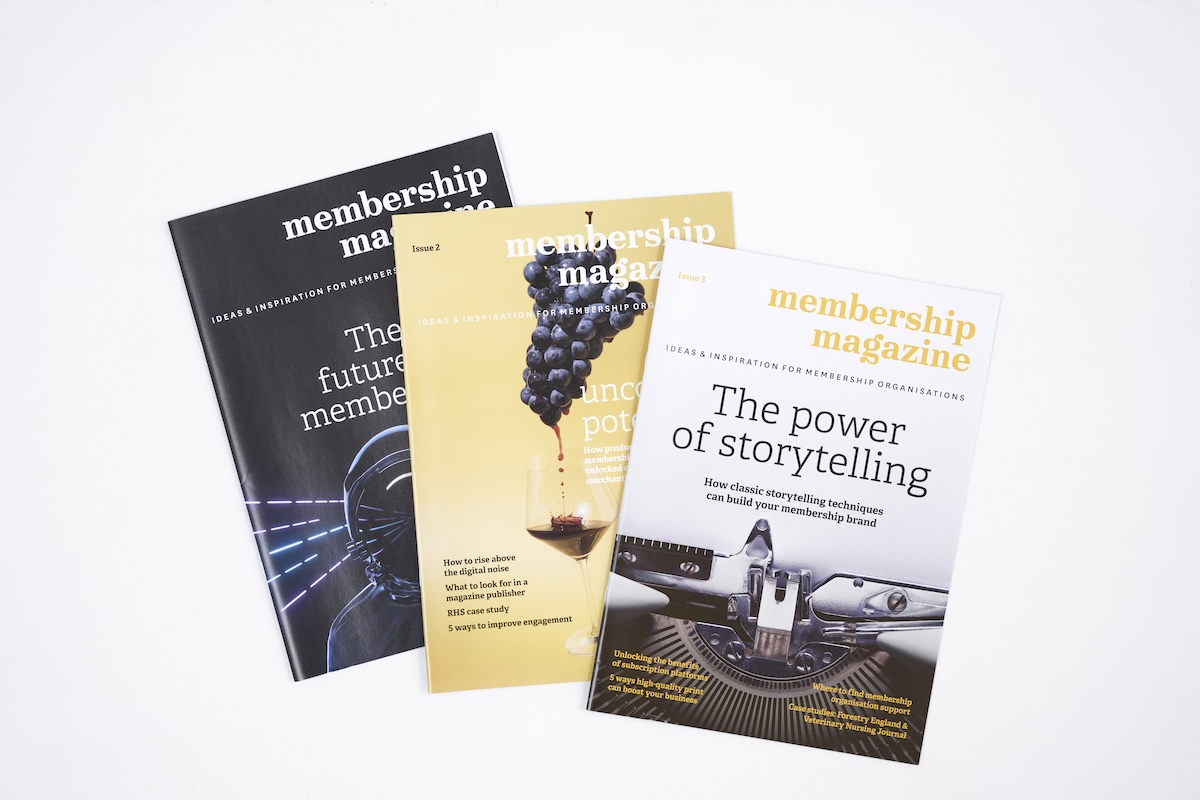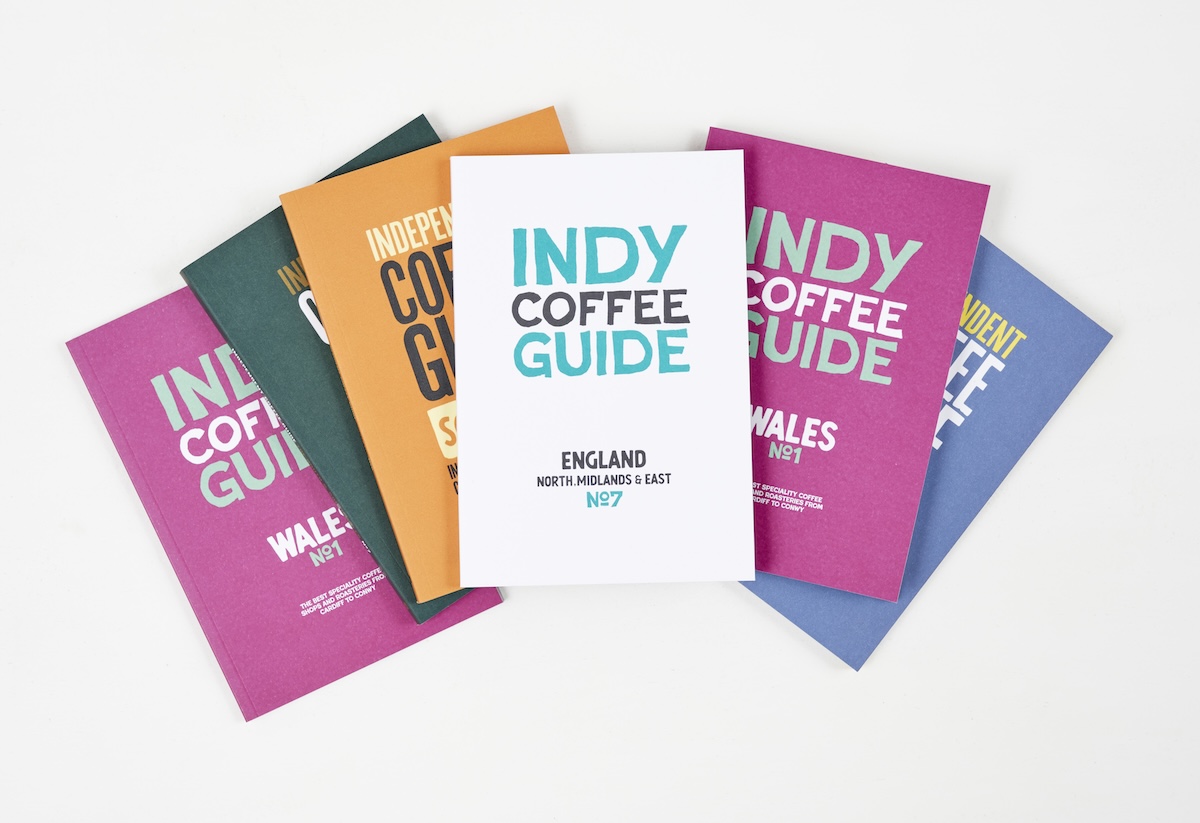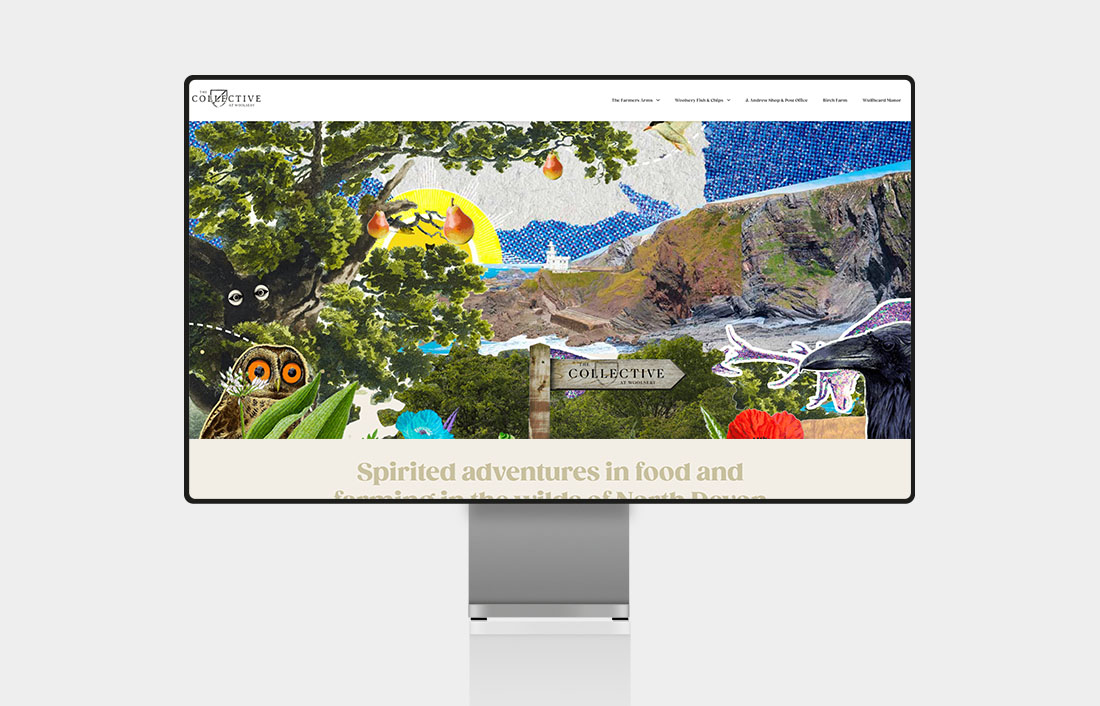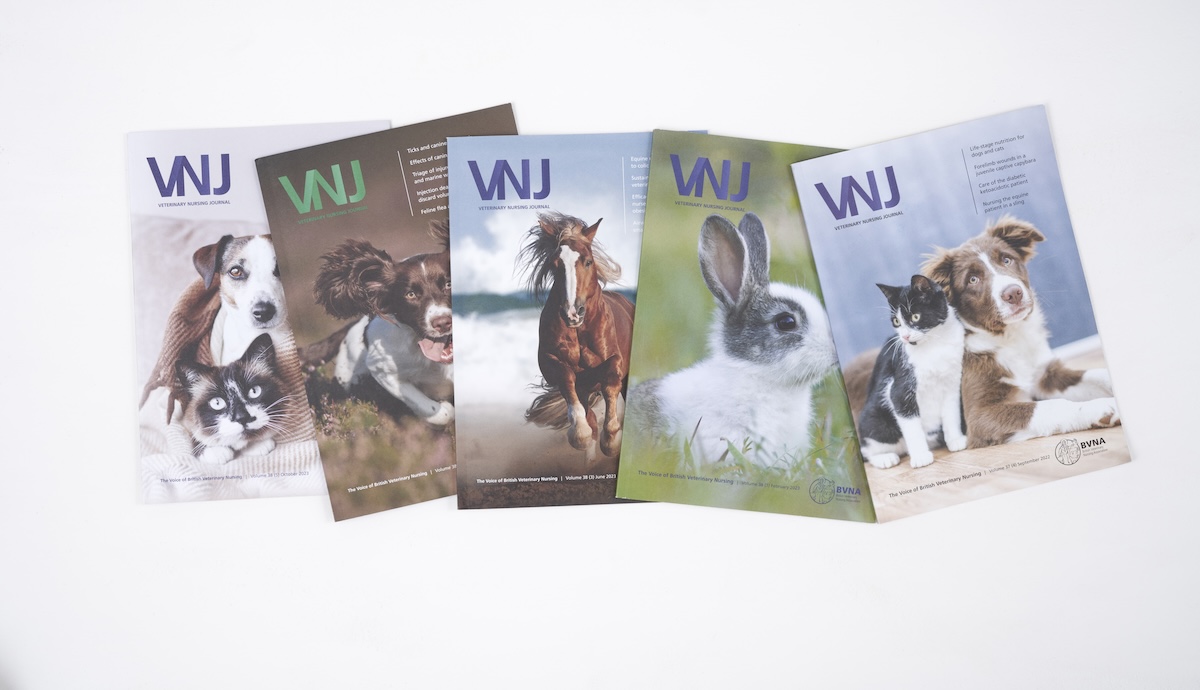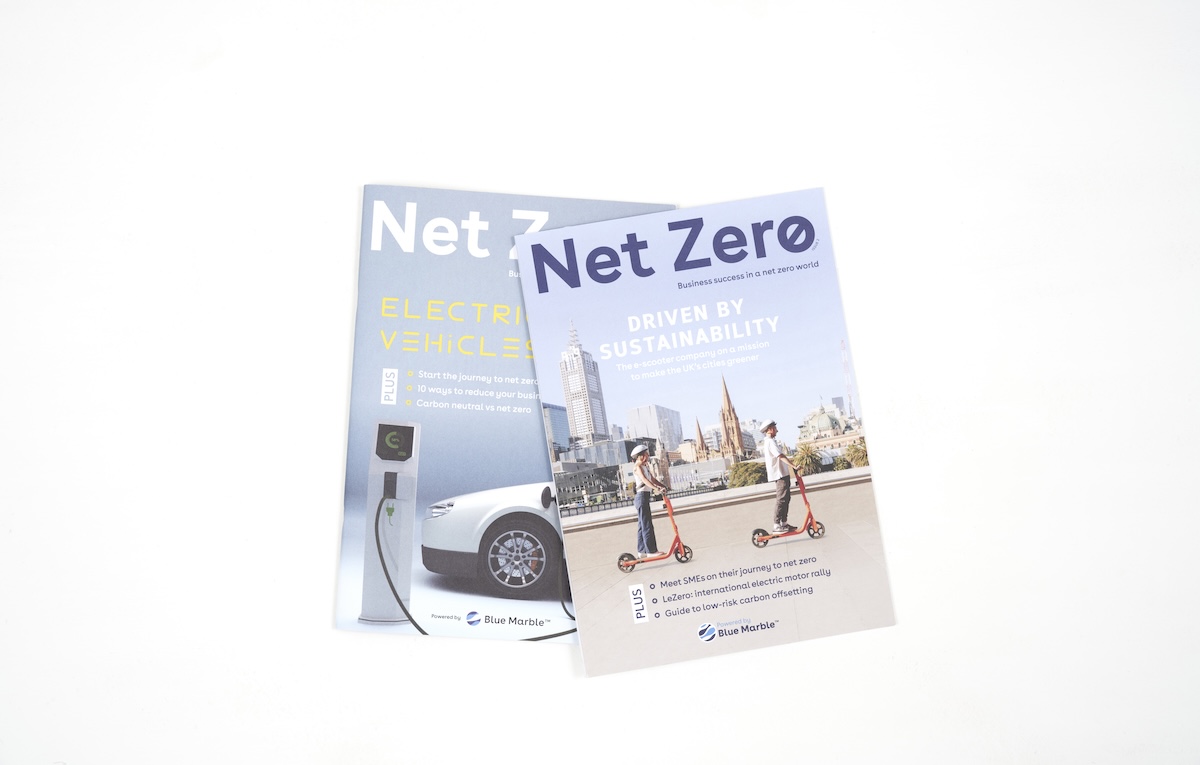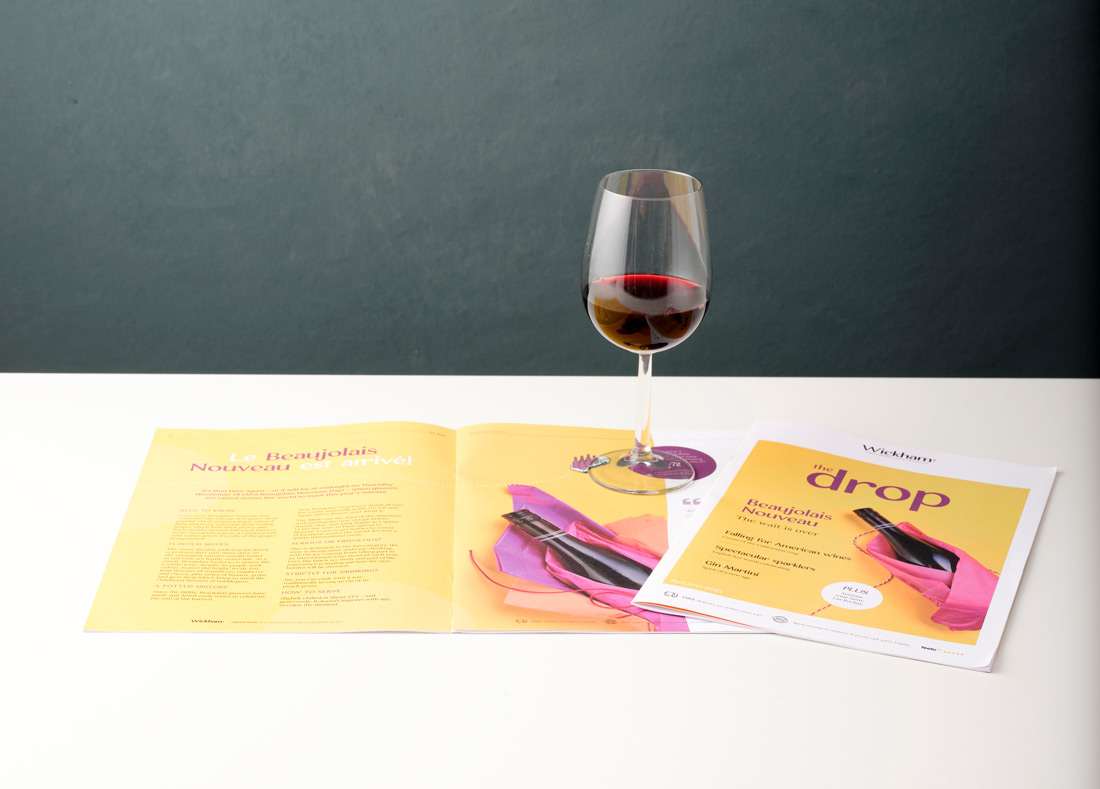1. Flaunt your authenticity
The chains want to be like indie businesses, so celebrate your authenticity. Be fleet of foot, switch things up in the way that only businesses not quagmired in bureaucracy can, and show your passion for your product through the care you put into the business. You can even employ a bit of humour in your communications when it doesn’t have to be signed off by a board. Customers love all of the above – and the chains can’t get near replicating it authentically. Your uniqueness is your secret weapon. Flaunt it.
2. Stop worrying about what other people think your business should be
Choose your own set of Key Performance Indicators and if they include social responsibility, the ability to collect your kids from school or working with people you like, so be it. Sustainable businesses come in many flavours. Who starts their own business only to judge themselves against the values of international corporates? We’re in a new era of businesses where the bottom line is not the only measure of success and where profit and work/life balance can co-exist.
3. Start collaborating
Collaboration is key for indies. Together businesses can support each other in many unexpected ways – from sharing costs to learning and information. So try and move beyond the fear that leads to indies competing with indies. A rising tide floats all boats, so club together with like-minded partners – together you’re more than the sum of the parts.
4. Think magpie
Failing to communicate with customers often enough is a common mistake. Even if your product is fabulous, it’s a crowded marketplace and your customers have their attention pulled in many directions. All the time. Stay alongside them with messages and touch points that are relevant, interesting and eye catching. Appeal to their inner magpie, so they can swoop when they’re ready.
5. Harness free press coverage
As publishers of Food Magazine, we’re often sent information and press releases from marketing managers and press officers about events just a couple of weeks before they’re due to take place. If we get them in enough time before our print deadline, we might well include the information in the magazine, or it may spark the idea for a bigger feature. Often, however, they’re emailed to us way too late and so miss out on free publicity and coverage to a highly targeted audience. Send press releases three weeks out to weekly media, two months out to monthlies.
6. Invest in photography
A picture paints a thousand words. Images certainly send an immediate message to potential customers about the quality and nature of your business. Every 21st century business needs high resolution, quality images for its brochures, ads, website and other comms, but really good photography also makes you more likely to be chosen by press for inclusion in features – they want their publications to look good, right? It’s a crucial investment that many businesses scrimp on.
To see some of these ideas in action, and for a bit of inspiration, download the latest edition of A Pinch of Salt.


